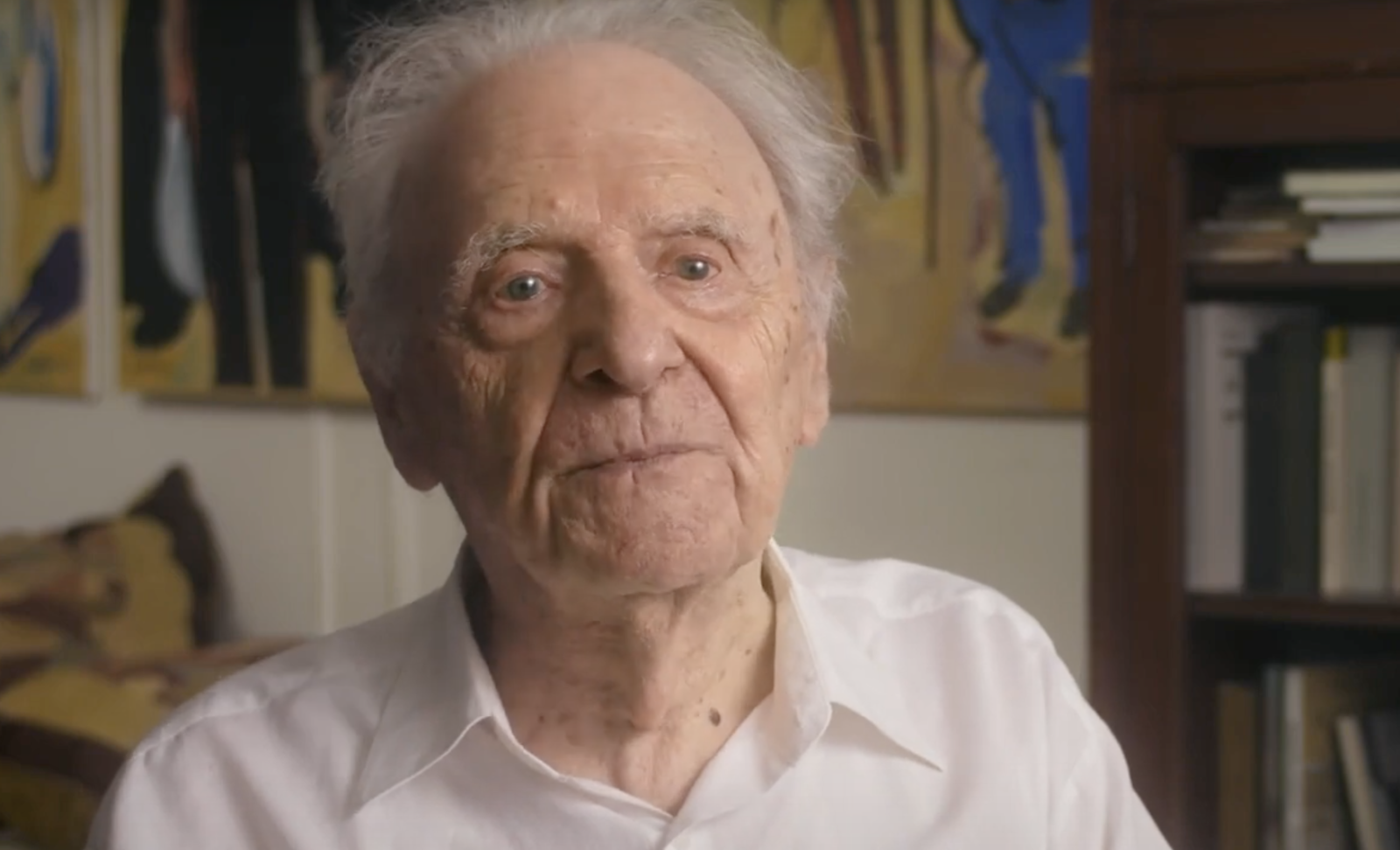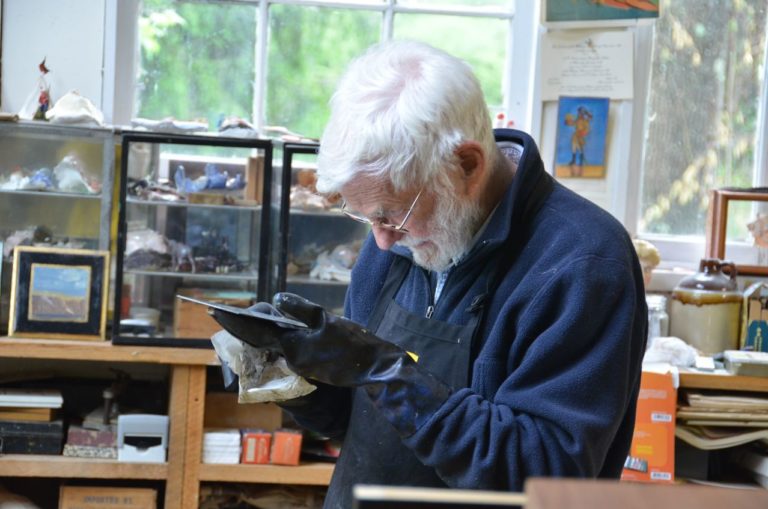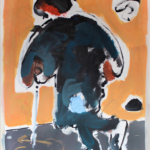Watch Our Newest Film: “Serge Hollerbach: A Russian Painter in New York”
September 01, 2022

About “Serge Hollerbach: A Russian Painter in New York”
In this short, award-winning documentary, the Russian emigre painter Serge Hollerbach (Nov 1, 1923 – Feb 19, 2021) creates two paintings, separated in time by a period of four years during which he has visibly aged and his vision has declined. While painting, he discusses art, his displacement during World War II, building a new life in New York City, and how vision loss has affected his ability to paint.
We’d like to bring special attention to the film’s producer (and our sponsoring organization), The American Macular Degeneration Foundation (AMDF), which made it possible for us to make this film in the last years of Hollerbach’s life, when he was nearly blind from macular degeneration. The Vision & Art Project is part of AMDF’s larger mission of helping people learn about and live with macular degeneration. AMDF also supports researchers working to prevent, treat and cure macular degeneration.
A version of the film accessible to the visually impaired with Audio Description is available at Vimeo. The password is: Serge222.
Serge Hollerbach’s biography
Serge Hollerbach was born in Russia. He studied at a high school run by the Academy of Fine Arts in Leningrad until the Nazis invaded the city in 1941. Along with many other Russians, he was sent to Germany to work as a laborer in the factories. While living in a refugee camp after the war, he studied at the Munich Academy of Fine Arts, where he was introduced to an expressionistic mode of working.
He immigrated to the United States in 1949 and settled on the Upper West Side of New York City, where he resided until his death in 2021. Along with being his home, the Upper West Side was an inspiration and source of many of his paintings. Among other subjects, he painted city dwellers as they went about their daily business, evoking their inner solitude. His approach to painting was “truth of life,” as he explains in our film.
He taught for many years at the National Academy of Design and received many awards for his painting. His work can be found in the collections, among others, of the Yale University Art Gallery, St. Paul Gallery of Art, Georgia Museum of Art (Athens, Georgia), the Mead Art Museum (Amherst College), and several institutions in Russia.
Hollerbach’s post-macular work
Beginning in 1994, Hollerbach was experiencing severe vision loss, which ushered in a new phase of his work. With Oskar Kokoschka’s notion of a “third eye” in mind, Hollerbach turned to what he called his “inner vision” and relied on muscle memory to execute his work. With the Upper West Side streetscapes in mind, he painted increasingly abstract iterations of shoulder-to-shoulder pedestrians, with their canes, shopping bags, rolling luggage, and dogs.
Hollerbach often said that macular degeneration freed him to pursue a vision more in keeping with his expressionistic roots. Profiled in The New York Times in the summer 2018 in connection with The Persistence of Vision exhibition at The University of Cincinnati, he expanded on this notion, saying in reference to his post-macular work, “To be playful, you have nothing to lose. Nothing to lose is a new kind of freedom.”
Further Reading

Robert Andrew Parker
Robert Andrew Parker, Artist of the Mystical and Actual, Has Died
In our short film from 2017, which was shot when the artist was in his mid-eighties, Parker talks about his life.
Read More

Comments
What an absolutely wonderful film and tribute to Serge Hollabach
I loved it… I knew Serge and sold his paintings for 30 years.
To me the better the artist the more humble and sweet that person was.
Serge was the most humble and sweetest man I knew.
Thank you so much for creating this film and making such a worthy legacy to such a fine person and remarkable artist.
I’m only sorry that this couldn’t be viewed in his home country of Russia… They need to know that his country created such a man
That was a wonderful tribute to Sergei Hollerbach. My late father Jura Vissarionovich and Sergei met about 1970 and developed a long and close friendship over the years. My father’s passion was writing about artists and Sergei was one of many Russian emigre artists he profiled for the Russian emigre newspapers. They were mutual admirers and Sergei designed the cover jacket for my father’s still unpublished biography of artist Sergei Soudeikine. How time flies! I only realized he had passed away when a letter of mine was returned by the post office. It seemed we had just spoken on the telephone not so long ago. Most of my father’s estate was shipped to Weschler’s Auction house in Rockville Maryland along with perhaps 100 of Sergei Hollerbach’s works my father had. They will go on sale imminently in early 2024 and I hope the art lovers of Washington DC will get to know more widely of Sergei than just all of his loving fans in New York City. Rest in peace, Sergei.
Leave a Comment